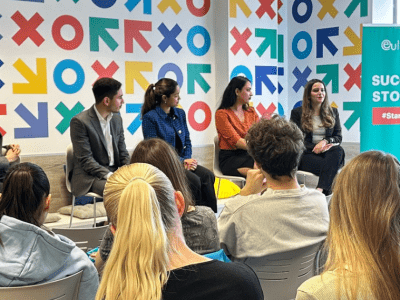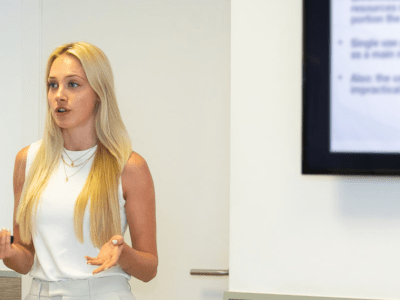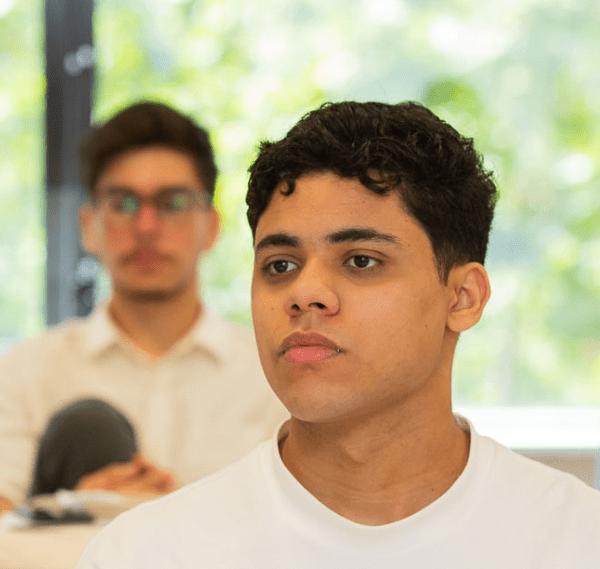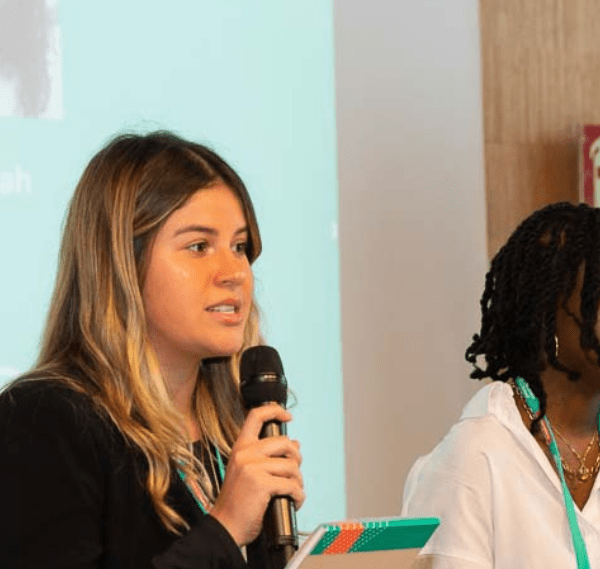 If you’re looking for evidence that modern technology is killing the way we communicate, you’ll find a plethora of compelling arguments from great minds—both past and present—who have made some dire predictions on the future of science and technology. One of the most recent came from world-renowned theoretical physicist Stephen Hawking, who revealed his bleak forecast by stating: “The development of full artificial intelligence could spell the end of the human race.”
If you’re looking for evidence that modern technology is killing the way we communicate, you’ll find a plethora of compelling arguments from great minds—both past and present—who have made some dire predictions on the future of science and technology. One of the most recent came from world-renowned theoretical physicist Stephen Hawking, who revealed his bleak forecast by stating: “The development of full artificial intelligence could spell the end of the human race.”
Considering the fact that Hawking relies on the most advanced and artificial means in order to communicate his theories of time and space, it’s understandable that his commentary had the intelligence community in a bit of a temporary uproar. But this too, shall pass.
As a species, we have consistently found consolation and comfort in the past, which at least has shown us that it’s generally a bad idea to predict the capabilities, or incapability, of the human race, particularly when it comes to our innate desire to connect with one another and improve the way we communicate.
Consider these priceless—albeit inaccurate—predictions that have long since expired:
- “This ‘telephone’ has too many shortcomings to be seriously considered as a means of communication. The device is inherently of no value to us.” — Western Union internal memo, 1876
- “Radio has no future. Heavier-than-air flying machines are impossible. X-rays will prove to be a hoax.” — William Thomson, Lord Kelvin, British scientist, 1899
- “Who the hell wants to hear actors talk?” — M. Warner, Warner Brothers, 1927
- “While theoretically and technically, television may be feasible, commercially and financially it is an impossibility.” — Lee DeForest, American inventor and self-proclaimed “Father of Radio.”
- “There is no reason anyone would want a computer in their home.” — Ken Olson, President, Chairman and Founder of Digital Equipment Corp., 1977
- “There’s no chance that the iPhone is going to get any significant market share.” – Steve Ballmer, former CEO of Microsoft, 2007
No matter the form or function, humans are bound to find better ways to communicate. The only alternative is to stop. And what would the world look like if collectively we decided we had reached the pinnacle of perfection? Satisfied with our social media platforms, mobile devices and cloud technology, where would we go if we rested on the laurels of our accomplishments and stopped exploring and pushing the boundaries of our very existence? Perhaps time itself would come to a grinding halt—and that would be the end of the human race.
New technologies do not necessarily need to point to the end of, or a change in human nature. They simply allow us new ways to communicate and express our ever-expanding life experiences. Imagine the response of cavemen, with their pictographs and pictograms; if they had foreseen the use of smoke and mirrors by Indian tribes who sent messages into the ether with fire and reflection. They too, may have predicted an apocalyptic future. Yet here we are, alive and well into the new millennium where multiple nonlinear forms of digital and virtual—a.k.a. artificial—communication have become a vital part of everyday life. From Facebook and Twitter, to Snapchat and Instagram, the evolution of the way we communicate tells an inspirational story of innovation, which in and of itself, is precisely what makes us human.
Yours Lauren Ellermeyer.
About the author:
 PR professional turned entrepreneur Lauren Ellermeyer graduated from EU in 2006. She co-founded Beyond Fifteen Communications, Inc. in 2009 in Southern California. She is an accomplished public relations specialist known for her ability to blend traditional public relations campaigns with trendsetting new entrepreneur ideas to keep her clients ahead of the game. In her words: “I love what I do. I have the most incredible business partner anyone could ever ask for, the greatest team of colleagues possible, and work with some of the best clients and brands across the nation.”
PR professional turned entrepreneur Lauren Ellermeyer graduated from EU in 2006. She co-founded Beyond Fifteen Communications, Inc. in 2009 in Southern California. She is an accomplished public relations specialist known for her ability to blend traditional public relations campaigns with trendsetting new entrepreneur ideas to keep her clients ahead of the game. In her words: “I love what I do. I have the most incredible business partner anyone could ever ask for, the greatest team of colleagues possible, and work with some of the best clients and brands across the nation.”









